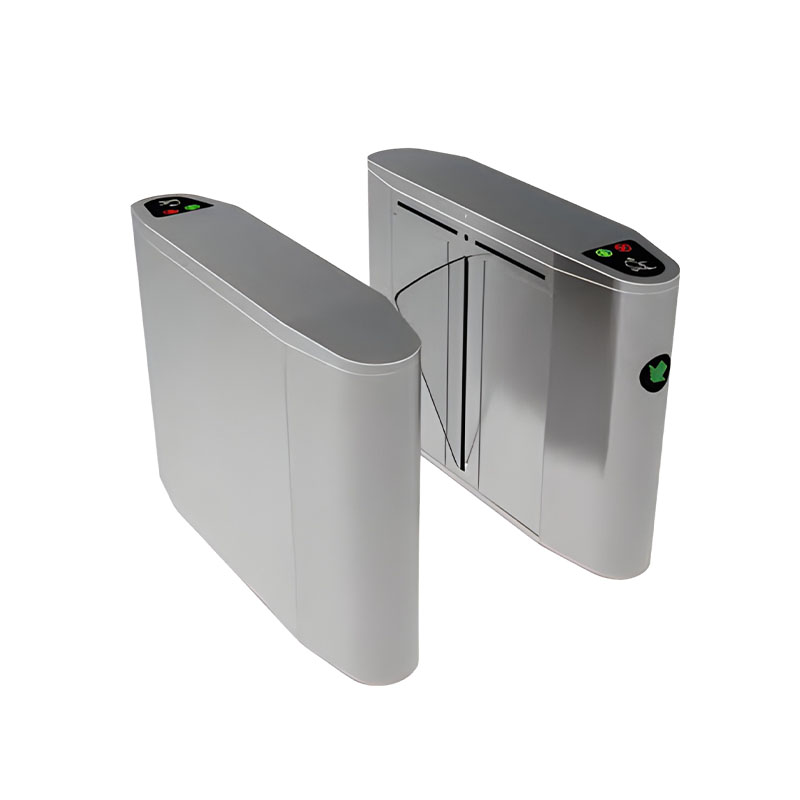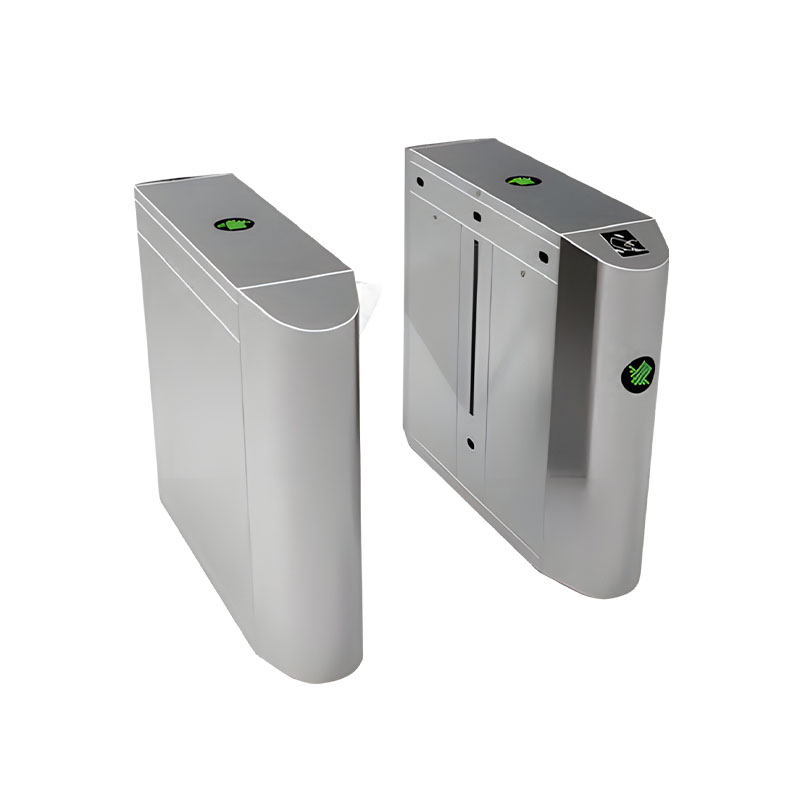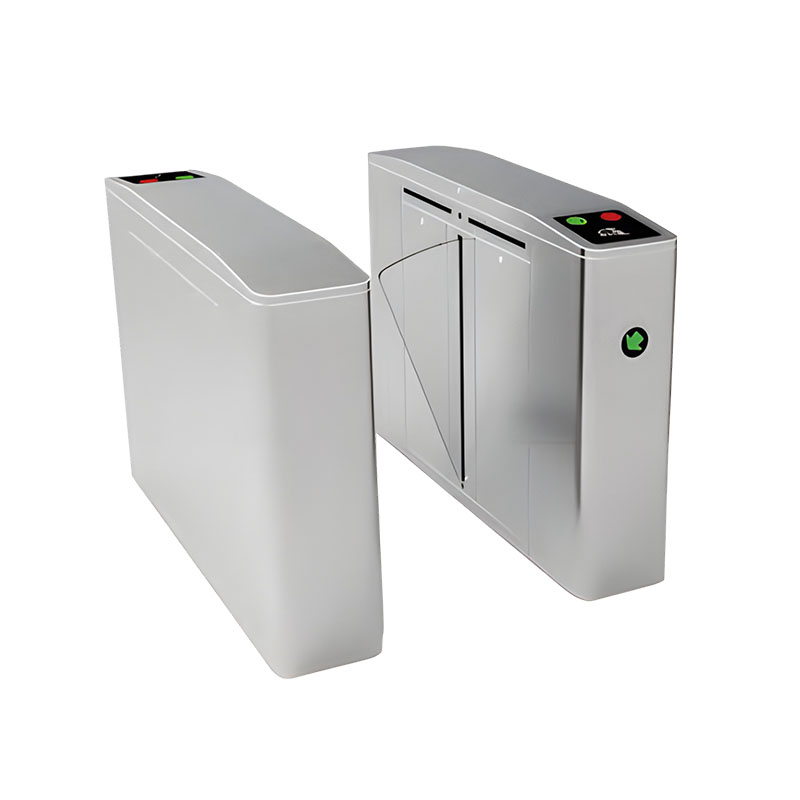How to design the speed of pedestrian access gate to meet the needs of different places?
Release Time : 2025-03-26
Designing pedestrian access gates to meet the needs of different venues is a comprehensive task that requires multiple factors to ensure the efficiency, safety and user experience of the gate.
One thing to consider is the density of people in the venue. Venues with high traffic density, such as subway stations, large shopping malls or stadiums, need to choose pedestrian access gates with faster speeds, such as swing gates or wing gates. These gates are designed with efficient transmission systems and fast response mechanisms to handle large traffic flows in a short period of time, reducing congestion and waiting time.
Safety is an important factor that cannot be ignored when designing pedestrian access gates. In places where strict access control is required, such as prisons, military bases or financial institutions, although the speed of passage is not the primary consideration, the safety performance of the gate must be guaranteed. These places may need to adopt full-height swing pedestrian access gates, which use multiple security verifications and anti-tail random systems to ensure that only authorized personnel can pass through.
Public facilities should consider equipping barrier-free pedestrian access gates to facilitate the passage of people with disabilities. The design of barrier-free access gates usually includes wider channels and easy-to-operate control systems to ensure smooth passage for all. The speed of these gates may need to be adjusted appropriately to meet the passage needs of different users.
The identification method (such as card swiping, face recognition, etc.) and control method (such as one-way control, two-way control, remote control, etc.) of pedestrian access gates will also affect the passage speed. Advanced identification systems and flexible control methods can shorten the verification time and improve the passage efficiency. For example, gates with face recognition technology can complete identity verification in a short time and open the gate quickly.
Different types of gates (such as swing gates, wing gates, three-roller gates, etc.) have different characteristics and applicable scenarios. When designing, it is necessary to select the appropriate gate type according to the actual situation of the venue, and reasonably layout the number and location of the gates. Reasonable layout can optimize the flow path, reduce congestion and conflict points, and thus increase the passage speed.
The technical performance and durability of the gate are also important factors affecting the passage speed. Advanced gate technology can achieve fast and accurate identification and opening, reducing failure rate and maintenance costs. At the same time, durable materials and manufacturing processes can ensure that the gate machine maintains stable performance in long-term use, and will not affect the speed of passage due to wear and aging.
When designing a pedestrian access gate, it is also necessary to consider user experience and personalized needs. For example, multiple ways of opening the gate can be provided to meet the needs of different users (such as mobile phone APP opening, Bluetooth opening, etc.), or clear instructions and prompts can be set on the gate machine to help users quickly understand and use the gate machine. In addition, customized designs can be made according to the actual situation of the venue and user needs, such as adjusting the channel width, adding anti-pinch functions, etc., to improve the speed of passage and user experience.
The speed of passage of the pedestrian access gate needs to comprehensively consider the density of people flow in the venue, safety requirements, barrier-free requirements, identification methods and control methods, gate machine types and layouts, technical performance and durability, as well as user experience and personalized needs. Through scientific and reasonable design and layout, it can ensure that the gate machine can play the best performance and safety in different venues.







